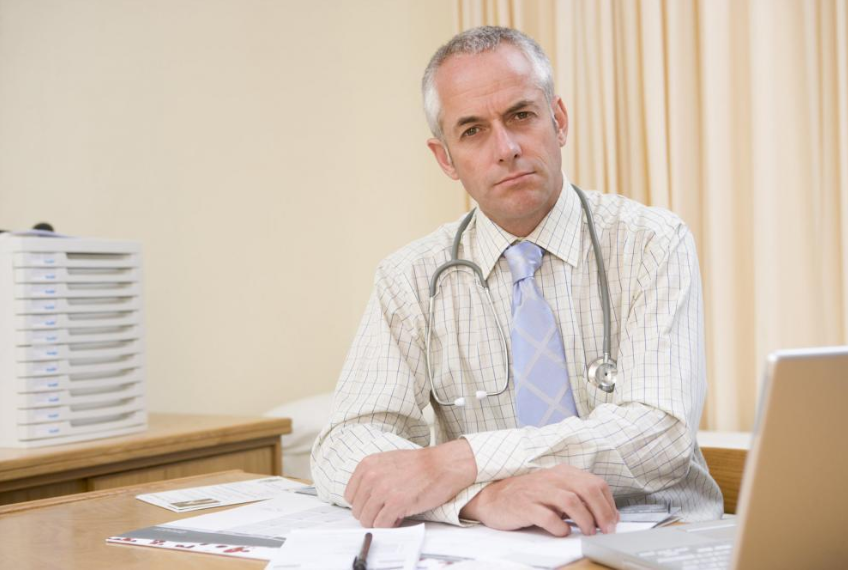New York is home to great many licensed physicians, most of whom are highly capable professionals who display great dedication, care and diligence to help those in need and improve the health of their patients.
After getting your physician license in New York, you can enter the practical field and begin working as a physician at any medical institute of your preference.
However, it is important to note that there is a serious code of conduct regarding physician discipline, which, if you break in any way you can end up getting your license revoked or even get a temporary suspension from work.
This usually happens in two cases:
- The physician’s practice of medicine is seriously deficient
- The physician is dishonest in his/her work that can lead to an impairment of the profession as well as the quality of patient care.
Complaints Filed Against Physicians
In case either of the above-mentioned scenarios does happen to be true, it often results in a complaint being filed against the physician in question.
There are numerous groups of bodies of people who filed the complaints.
They typically include:
- The public at large such as patients, family members, relatives and friends. More than half the complaints about physicians actually come from the public alone.
- Licensed health professionals, be it other physicians or physician assistants are required to file a complaint against any physician colleague who they suspect to be guilty of misconduct.
- Health facilities or organizations where the physician works are also expected to report disciplinary actions that go against the medical code of conduct.
When Do Physicians Get Charged for Misconduct?
There are numerous instances in which doctors may be charged for misconduct.
Some of the most common occurrences include:
- Guaranteeing a cure to a patient without any research or confirmation.
- Being involved in drugs and alcohol.
- Neglecting a patient in need who required immediate care and attention.
- Harassing, abusing or intimidating a patient.
- Failure to maintain proper records of patients that reflect their accurate medical evaluations.
- Performing a medical treatment or service that hasn’t been approved or authorized by the patient.
- Exploiting the patient by selling drugs, goods or other services in an exploitative manner.
- Displaying bias towards a patient on the basis of their creed, race, color or origin.
- Revealing personal information about a patient without their consent except when authorized by the law.
- Allowing people without a license to perform a medical activity that does, in fact, require a license.
- Continuing your professional practice with an inactive or a suspended license.
Who Gets Reported?
There have been numerous cases in the past that have ended with the physician in question being reported and subject to disciplinary action.
Some of the case examples include:
- Failure to treat a patient with an ovarian cyst and an inability to properly investigate a patient’s medical history who complained of chest pain. This created a case of serious incompetence where the physician had to surrender his license.
- Pleading guilty for conducting moral unfitness by displaying sexual inappropriateness with a patient leading to a suspension of license.
- Failure to perform ultrasound examinations of a patient leading to an inability to interpret the reading, which resulted in their license being revoked due to incompetence and negligence.
- Guilty of prescribing medicines and drugs to a patient without conducting any medical check-up or analyzing their medical history.
- Giving too high a drug dosage to the patient against what should’ve been given that created dangerous side effects.
- Found guilty of writing notes for patients stating that they were disabled in an attempt to get fare discounts on rail lines, subways and other areas where discounts can be exploited. The physician in question had his license suspended for five years and then five years of probation during which the doctor had to perform community service.
Different Types of Penalties for Misconduct
Physicians in New York are subject to a variety of penalties for misconduct based on the extremity and seriousness of their doings.
The medical board is expected to take whatever action necessary against a medical professional’s license.
These actions typically include:
- Community service for 500 hours or more
- Annulment of a license of registration
- Being reprimanded or censured
- A fine up to $10, 000 for each type of guilt performed by the individual
- Revocation
- Different types of suspensions, such as partial suspension or actual suspension for a fixed time period.
- Limiting the physician’s license to a particular medical practice or area
- Making one take a course of training or educating for a definite period of time
Who Handles the Complaints?
The New York State Office of Professional Medical Contact (OPMC) follows through with any complaints that are brought to their attention.
Final Word
There are a few important things to note about the New York State physician license.
Firstly, the ultimate disciplinary actions are public information, and once the physician is served, the charges filed against them will be made public.
Secondly, the investigative files are highly confidential that may include previously closed complaints, ongoing investigations as well as the identities of the complainants.
Lastly, resolving complaints against physicians can take a lot of time, even months, given how medical conduct investigations are so complex in nature. Some cases end up going to court hearings that can potentially take even longer than that.
However, a timely investigation is always a priority in order to protect the patients as well as the medical organization in question.







